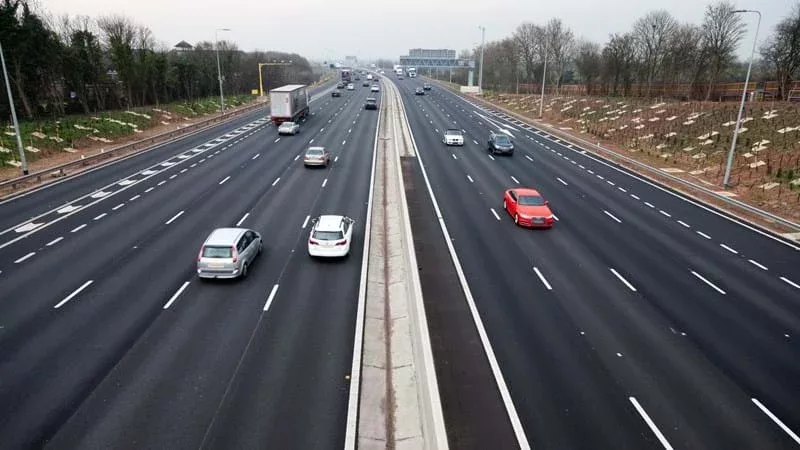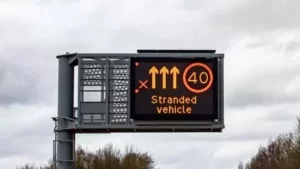A review of incidents on the M1 and M6 has led to a range of safety measures being undertaken by National Highways, including a promise of stopped vehicle detection being installed by the end of the month.
In March 2020, the Secretary of State for Transport published the Smart motorway evidence stocktake and action plan. The plan committed to implementing a range of measures to help drivers feel safe and be even safer in moving traffic. This included commitments to speed up the rollout of technology to identify stopped drivers, improve the use of electronic overhead signs and signals to warn oncoming drivers and reduce the time it takes for help to arrive. It also included a commitment to investigate the safety performance of specific sections of the M1 and M6 smart motorways where clusters of incidents have occurred previously.
National Highways commissioned evidence-led, independent incident and infrastructure investigations at four locations.
- M6 Junction 5 to 6 dynamic hard shoulder (Bromford Viaduct)
- M1 Junction 10 to 13 dynamic hard shoulder
- M1 Junction 30 to 35 all lane running
- M1 Junction 39 to 42 all lane running
The reviews found that the incidents that had occurred on these sections had contributory factors that are found on any high-speed road. These include lane changing, shunts and live lane breakdowns. Our proposed actions are targeting the specific issues identified by the independent reviews to improve safety at each of the locations. We are continuing to monitor the performance of these sections to determine whether our interventions have improved safety. If safety issues remain we will look at alternative actions to address the issues identified.
National Highways says it had already acted on many of the issues identified by the independent safety reviews, such as reducing flooding hotspots on the M1, and started work to install technology to detect stopped vehicles.
On the M6 we had adjusted the opening and closing procedures for the hard shoulder so it is kept open only when it is really needed, maximising the time when the hard shoulder is available.
National Highways adds that in January 2022 the Government’s response to the Transport Select Committee’s inquiry into the rollout and safety of smart motorways was published.
In line with the response it has paused the conversion programme until the next Road Investment Strategy, so that alternative operating approaches can be considered.
It has published an updated M1 and M6 Incident and Infrastructure Investigations summary report which provides an update on all actions, for example, on the M1, it has installed signs at the M1 Junction 40 bridge, introduced new signage at junction 11 and 12 to assist traffic movement at these junctions, completed the removal of additional vegetation on the M1 junction 30 to 35 and started the construction of an additional emergency area near M1 Woodall services. On the M6 it has installed additional emergency area signage, and will shortly be introducing enhanced CCTV monitoring of traffic on Bromford Viaduct.
It adds that by the end of September 2022, it will have installed radar stopped vehicle detection (SVD) technology on all lane running sections. On dynamic hard shoulder schemes, it plans to upgrade the central reservation barriers to concrete, where they are not already in place, and introduce technology to spot stopped vehicles.
(Picture – National Highways)





















